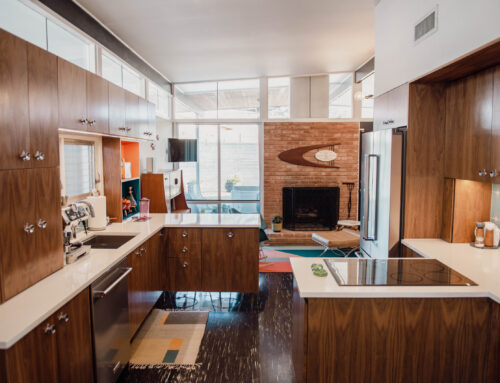Liz Marince was upset when she left the Dixon Branch Homeowners Association meeting last December. She had just heard of the state’s plan to replace six bridges on Northwest Highway, just north of White Rock Lake, and she didn’t like them one bit.
Neither, she says, did most people there. Many members of the association, which includes residents living below Northwest Highway between Easton and Jupiter, were unhappy with what they heard, she says.
“I didn’t hear any people who were for the bridge. I wouldn’t say it was 100 percent unanimous, but pretty close to it. A lot more people seemed concerned about it than not,” Marince says.
Representatives of other area neighborhood associations south of Northwest Highway presented the issue at the meeting. They also passed around a petition against the new bridges, which Marince signed.
Nearly six months later, she remains opposed to the project.
“It’s the aesthetics,” she says, adding that she was told the bridges would do away with the greenbelt or block the view of it. “I’m also concerned about graffiti and homeless people possibly living under it.
“I understand they’re doing it for the flooding of the intersection, but it seems a little extreme to me. It’s usually only for a few hours that it happens, and they’re pretty good about getting out there and barricading it.
“I don’t want the new bridges at all. I don’t really see the need for it.”
The need is to protect drivers, says Tim Nesbitt, engineer and project manager for Texas Department of Transportation (TXDOT).
“TXDOT thinks it should be done for safety purposes.”
Though he says the primary safety problem is repeated flooding, he adds: “The bridges are getting to the point where we’d need to do something anyway, because of their age. The eastbound bridge is nearly 40 years old, and the westbound bridge is near 70.”
TXDOT plans call for the entire roadway between West Lawther and Goforth (near the parks department office) to be elevated 10 feet above its present height. The hiking/biking trail along West Lawther will be routed under Northwest Highway, allowing pedestrians to avoid that intersection.
Nesbitt, a neighborhood resident, says the changes will leave the area at least as attractive as it is today. The plans also call for stone monuments and gateways along the bridge, something he says was added after hearing from the community.
“We really pushed up the design bar on this project,” he says. “We held a design charrette with various community representatives last October, offering several different styles. The majority agreed on the rustic design, which features the natural stone, similar to what you see at other areas of the park.”
Pat O’Shea, president of the White Rock Valley Neighborhood Association, was at that meeting and several others related to the bridges. He says members of his association, which includes roughly 1,500 homes north of Northwest Highway between Skillman and Audelia, agree in part with TXDOT.
“We’re the biggest neighborhood association affected by the bridges, and we know they need to be replaced,” he says. “We’re supportive of that, because they’re very old. And we need something where Lawther crosses Northwest Highway, a walkway for bikers and joggers, because there are a lot of them out there.”
His group’s concern, he says, is not whether the new bridges should be built, but how.
“It’s the height that’s the real issue,” he says. “We don’t want it 10 feet high. We’d like to see it six or eight feet.”
But those heights, Nesbitt says, would not adequately raise the bridges above the 50-year flood plain, which is TXDOT’s standard for state highway bridges. Nor, he says, would it adequately place it above the 100-year flood plain, a requirement of the City of Dallas.
“The state says it’s time to replace those bridges, and it’s going to happen,” says Bill Blaydes, Dallas City Councilman. “The City of Dallas has guidelines that say you must take bridges out of the flood plain if you replace them. These will do that.”
Blaydes supports replacing the bridges, which he says flooded six times last year. And he believes many Lake Highlands residents favor replacing the bridges.
“I don’t think it’s that big of a concern to most people in the area,” he says. “There’s a group of very determined environmental advocates living below Northwest Highway who are scared of a change in bridge height. It does alter the appearance, but I happen to think what they’re changing it to is very acceptable. It creates an entry to the area that’s desirable, while at the same time fixing the flooding problem, without the city having to raise the tax dollars to do it.”
All those elements, Blaydes says, cause him to favor the project.
“I say, do it. Take care of bottleneck. Just do it in a way that’s aesthetically pleasing.”





